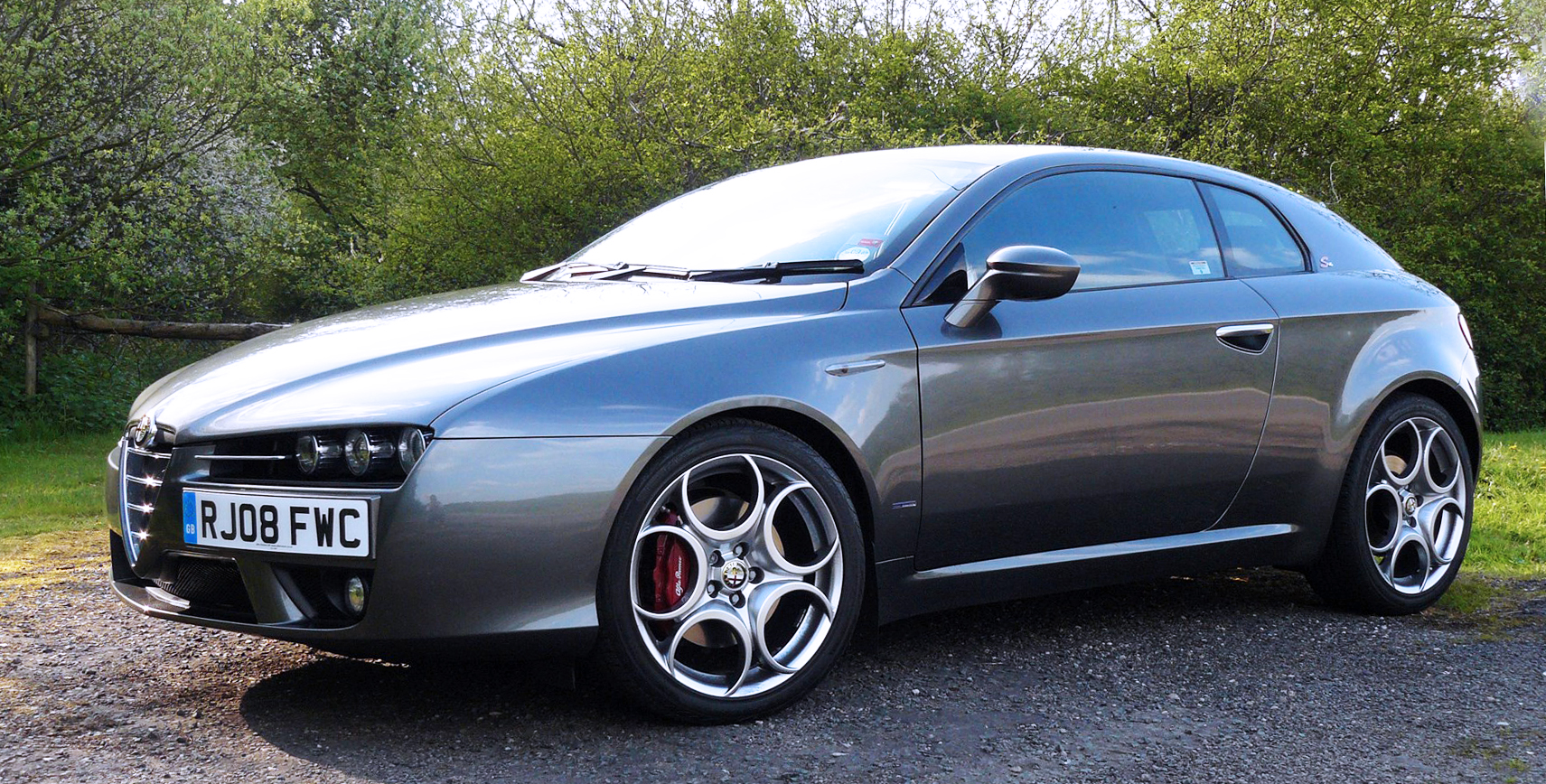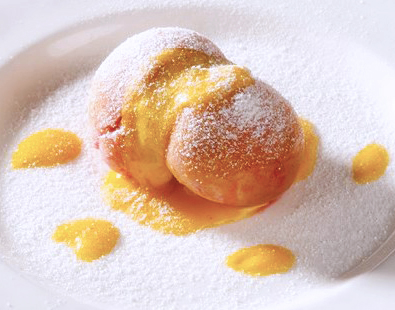Part 85: Pininfarina – From the 80s to the Present
By David Cavaliere
The 1980s began a period of expansion for Pininfarina. In 1982, the company opened “Pininfarina Studi e Ricerche” in Cambiano, Italy. Separate from the factory and wind tunnel in Grugliasco, it was intended to keep design and research activities independent from manufacturing. Beginning in that decade, Pininfarina also designed high-speed trains, buses, yachts and private jets. With the 1986 creation of “Pininfarina Extra” it began consulting on industrial and interior design, architecture and graphic design. At its height in 2006, the Pininfarina Group employed 2,768 with offices throughout Europe and in the United States. Financial difficulties led to the Pininfarina family losing majority control of the company in 2012. At that point, employment had shrunk to 821.
In 1983, Pininfarina reached an agreement with General Motors to design and build the Cadillac Allanté, a two-door, two-seat luxury roadster. Extremely expensive to produce, the bodies were made by Pininfarina and then flown (56 at a time) on a special 747 jet from Turin to Detroit. The last Allanté were built in the summer of 1993 with a total of 21,430 built over the seven-year production run.
Far bolder was the Ferrari Testarossa which went into production in 1984. Very wide with distinctive lines, the car won many admirers and attracted high-profile celebrity buyers. The car has subsequently became an icon of that decade.
Pininfarina designed a host of cars during this fruitful period, including the legendary Ferrari F40 and the Peugeot 405, both in 1987. For two years, its design for the Ferrari 348 and the Lamborghini-like concept car, the Ferrari Mythos were introduced. More Ferraris were to follow with the 456 GT in 1992 and the F355 two years later. In 1995, the beautiful Alfa Romeo GTV and Spider reached production, while the following year, the replacement for the Ferrari Testarossa, the 550 Maranello was first shown. In 1996, Mitsubishi entered into talks for Pininfarina to build their new compact SUV, the Pajero, in Italy. It selected Pininfarina because the manufacturing costs were half of those in Germany! More Peugeots followed with the 306 Cabriolet and 406 Coupé in 1997.
As a new century dawned, more Ferrari designs were produced, with the Ferrari 360 Spider and mighty 550 Barchetta in 2000. Two years later, one of the masterpieces of car design, the coveted Enzo Ferrari, astounded the automotive world. Not to be overshadowed was the Ferrari 575M Maranello. The expansion of the Ferrari brand led to several more Pininfarina designs during the decade with the 612 Scaglietti and F430 in 2004, followed by the Ferrari 599 GTB Fiorano. It also designed the Maserati Quattroporte (2003) and GranTurismo (2008) and the Rolls-Royce Phantom Drophead Coupé Hyperion concept car and Ferrari 458 Italia (2009).
Pininfarina established a joint venture with Volvo in 2003 to produce a new convertible. Ownership of the venture was 60% Pininfarina and 40% Volvo. The new designated C70 model launched in April 2006. The last cars built by Pininfarina were the Alfa Romeo Spider and Brera sports cars, produced from 2005-2010. Production totals were respectable with 12,488 Spiders and 21,786 Breras built.
In April 2008, with loses totaling €115 million, Pininfarina needed to restructure its enormous debt. In 2010, production ended for the Alfa Romeo Brera and Spider at the San Giorgio plant and in December, 2011 Pininfarina announced it had now terminated all automotive production. The difficulties continued until 2012, when in February, 77% of the company was controlled by its creditor banks, ending the majority ownership of the Pininfarina family. This was the beginning of the company’s turnaround. In 2013, Pininfarina was in the black for first time since 2004, posting a profit just under €33 million. The company is on solid financial footing and its design studio still bustles, but the days of its car production are now gone. The legacy of Pininfarina designs will live on as long as cars buffs are interested in the history of the Italian Automobile.
Next week will tell the story of another coach builder with close ties to Ferrari – Carrozzeria Scaglietti. Please send comments to [email protected].





